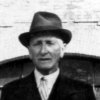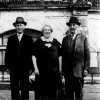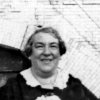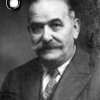Concentration Camp
Detention in the concentration camp
„The arrival in Auschwitz-Birkenau was a shock, of which we did not recover for a long time. The daily routine was devastating, with hours of appeals, counting, and punishment. After about a week, transports were assembled, classified according to certain occupations, carpenters, locksmiths, welders, metalworkers - so I was with a group of these skilled workers in the K.Z. Gliwice I, where we were immediately used for repair work on cargo wagons damaged by bomb attacks. Looking back on the first days in such a "labor camp," conducted by two bestial and insidious SS men, there was much despair, much strikes, especially for those who were not immediately able to work so hard on hard physical work. They were only there to humiliate us, to condescend, harass and harass us. So some broke together, not only physically but also mentally.“ (Ernst Wulkan)
Deportation und Annihilation
Deportation und Annihilation
Often the entry on a list of deportations is the last testimony of a person's fate. There are seldom concrete reports of his suffering and dying in the ghetto or camp. The majority of the Austrian Jews were deported between spring 1941 and autumn 1942. The transports from autumn 1939 to Nisko on the San and the year 1944 to Theresienstadt and Auschwitz mark the beginning and end of the murder of 422 St. Pöltner Jews.






